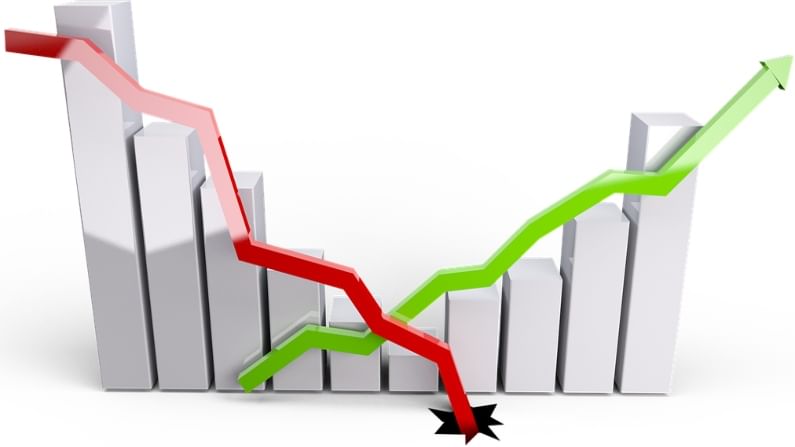What is grey market and grey market premium?
Grey Market is an unofficial market for IPOs. It is an over-the-counter market where IPO applications and IPO shares are traded before they get listed on stock exchanges.

Equity investors usually get confused with terms like grey market or unlisted market. The former is the one where a company’s shares are bid and offered by traders unofficially. It takes place before the shares are even issued by the company in an IPO. On the other hand, the unlisted market, also known as the pre-IPO market, is quite different from the grey market in many aspects.
Money9 spoke to grey market tracker Abhay Doshi, who is the founder of UnlistedArena.com, which deals in pre-IPO and unlisted shares, to understand the basics of grey market and unlisted market.
Edited excerpts:
Q) How is the grey market different from unlisted market?
Doshi: Grey Market is an unofficial market for IPOs. It is an over-the-counter market where IPO applications and IPO shares are traded before they get listed on stock exchanges. These are not actual shares of the IPO but something like unofficial futures/forwards of the shares. There is no actual delivery of shares before the listing. All transactions are done in cash on a personal basis where Sebi, stock exchanges do not regulate or support it.
On the other hand, the unlisted market, also known as the pre-IPO market, is quite different from the grey market in many aspects. In unlisted market too, the dealings take place before the IPO but here actual delivery of shares takes place. The payments are usually made through the bank and the shares are transferred in demat account. The dealings between two parties are made on mutual trust. Dealing in an unlisted(Pre-IPO) market is legal.
Grey market is speculative and just a short term play for momentum players while unlisted market gives an opportunity to an investor to participate in the growth stage of the company even many years before the company goes for an IPO just like private equity funds. Usually, investors take grey markets and unlisted markets in the same meaning but both are different in many ways.
Q) What is grey market premium and how is it calculated?
Doshi: The grey market premium (GMP) is the additional value of the shares over the issue price at which the shares are traded in the grey market. If the amount is positive it is called as premium while if it is negative, it is called a discount.
For example, X company brings IPO at Rs 100. If the grey market premium is Rs 10. It implies that the shares are trading in the grey market at Rs 110.
There is no definite way to calculate the grey market premium. It depends on many factors like the valuations at which the listed peers are trading, subscription figures, HNI costing for IPO applications (applications in HNI category is mainly done by borrowed funds. Hence, the grey market premium up to some extent is connected to the interest cost per share for the borrowed funds).
Q) How can GMP help in decision-making while investing in IPOs?
I personally feel that the fundamentals of the company are important more than anything else. However, tracking the grey market can give some indications to the IPO applicants as to where the shares are expected to list on their listing debut.
It should only be taken as one of the indicators for applying in an IPO and no decisions should be made solely on grey market premium as the listing of shares may vary from the rates prevalent in grey market.
Q: How can investors buy or sell shares in the grey as well as unlisted markets?
Doshi: There are no official or registered brokers for grey market deals. I think the deals are made purely on a word of mouth basis.
As far as unlisted (pre-IPO) markets are concerned, there is a significant rise in awareness amongst the investors regarding this space. Investors can connect with dealers to buy such shares. However, utmost safety and precaution should be taken before dealing as dealings take place on a trust basis. So, the first priority of the investors should be the trustworthiness and reputation of the dealer with whom they are trading. Competitive pricing also matters here as the rates are not listed.